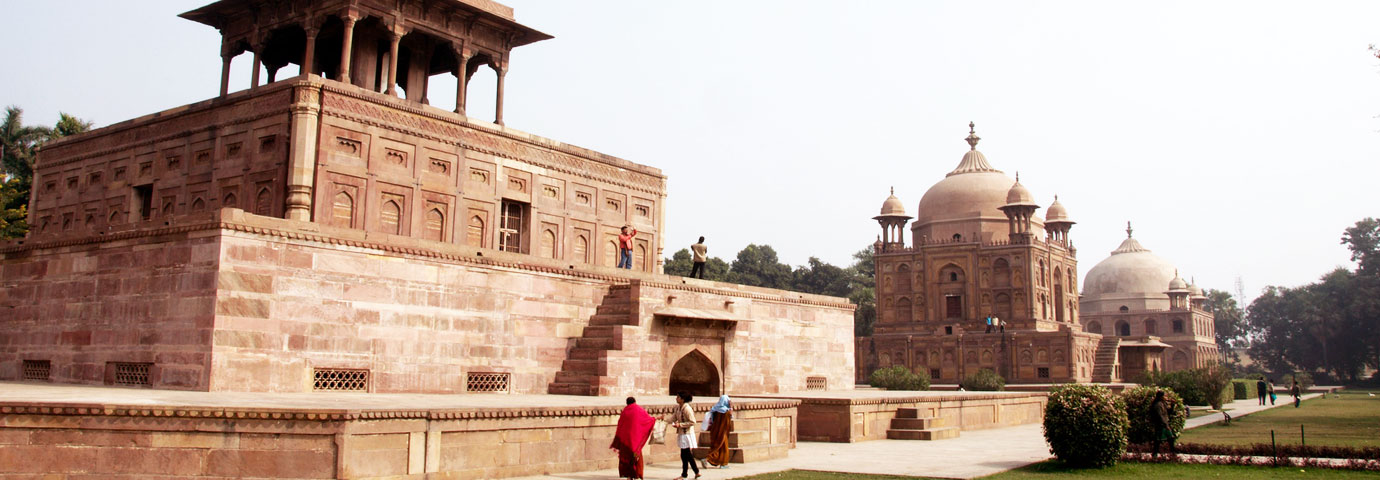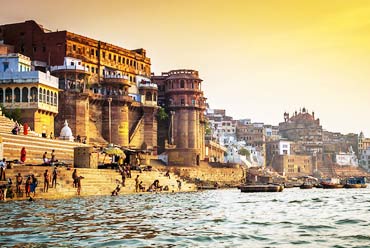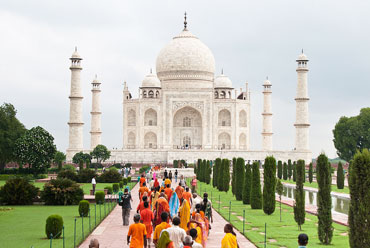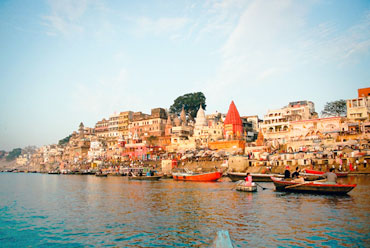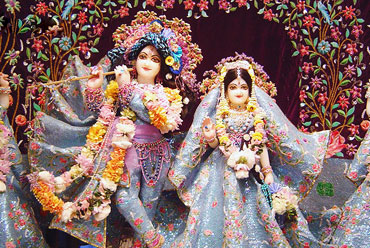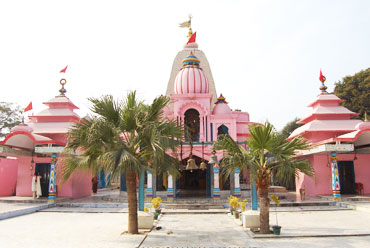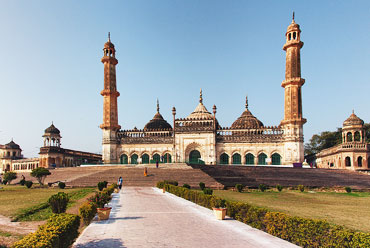Location
Allahabad lies 135 km west of Varanasi in the north Indian state of Uttar Pradesh and is at the confluence of the Ganga (also Ganges), Yamuna, and the mythical Saraswati River, the point of their mingling known as Sangam. Also known by its old name of Prayag, the city is an educational hub and a great pilgrimage center, especially the world-famous Kumbh Mela.
History
Allahabad finds mention in the holy scriptures-the Vedas and the grand epics, the Ramayana and the Mahabharata, and in the Puranas-as Prayag. Hindu mythology has it that Lord Brahma, the creator, chose a piece land on earth, on which the Ganga, Yamuna, and Saraswati would flow into a quiet confluence. He referred to it as 'Tirtharaj' or the 'king of all pilgrimage centers.'
Allahabad's antiquity attracted curious itinerants from even the Far East. Huen Tsang and Fa Hien, the Chinese travelers, who visited it in the fifth and the seventh centuries respectively, found it a flourishing state. As time wore on, Allahabad found playing itself host to the royalty, including the illustrious Harsha, Akbar, Dara Shikoh, Khusro, and Queen Victoria. In 1575, the Mughal Emperor Akbar named it 'Illahabas.' Akbar realized its strategic importance and built a magnificent fort on the banks of the holy Sangam. Over the centuries that followed, Allahabad remained on the forefront of national importance-more so during the days of the Indian independence struggle. The chequered history of Allahabad with its religious, cultural and historical ethos also gave rise to several renowned scholars, poets, writers, thinkers, and political leaders. Allahabad today is an important city where history, culture, and religion create a confluence-much like the sacred rivers that caress this God-graced land.

